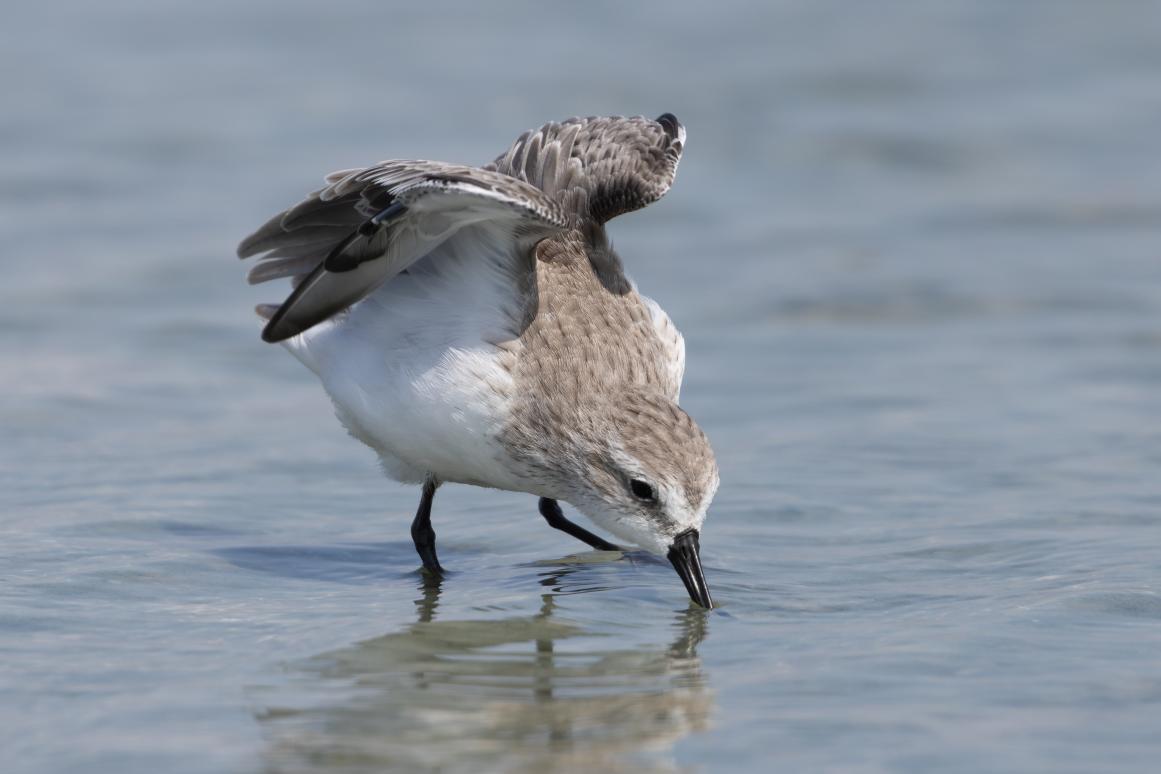HRI Marine Policy & Law Program Develops New Resources for Protecting Texas Coastal Nesting Birds

CORPUS CHRISTI, Texas — The Texas coast is a key migration route for as many as two billion birds, and some of those birds nest there. But increased human activity along the Texas coast puts coastal nesting sites at greater risk of disturbance and, in some cases, damage that can lead to the death of eggs and chicks.
To help address this issue, the Marine Policy & Law program at the Harte Research Institute (HRI) at Texas A&M University-Corpus Christi (TAMU-CC), with support from the Coastal Bend Bays and Estuaries Program (CBBEP), has created two online resources outlining the laws that protect coastal nesting birds — from the Migratory Bird Treaty Act to state laws to local trespassing ordinances — and ideas on how to relay that information to the people enjoying the coasts.
“These projects are designed for anybody interested in coastal birds,” said Kristina Alexander, the Endowed Chair for Marine Policy & Law at HRI. “That includes wildlife managers, law enforcement, and the public. Hopefully, they give everybody a better understanding of how to protect these crucial habitats.”
The online resources are titled Law Enforcement Guide to Reducing Human Interference with Coastal Nesting Birds and Ideas to Increase Coastal Nesting Bird Protection in Texas.
The Law Enforcement Guide is a handbook identifying the various laws protecting birds, includes a list of coastal nesting birds in Texas with nest descriptions, and outlines the penalties for harming a coastal nesting bird or its nest.
“Many people do not know that scaring a bird away from its nest could mean the bird never comes back and the young die,” Alexander stated. “This guide helps folks know what the laws are and what to look for to help keep birds safe.”
The Ideas report recommends ways to communicate this information to the public. It combines suggestions from wildlife enforcement officials and conservation experts with extensive legal research into the overlapping state and federal laws.
The resources were developed with input from Texas and federal wildlife enforcement officials, as well as wildlife conservation groups and experts.
